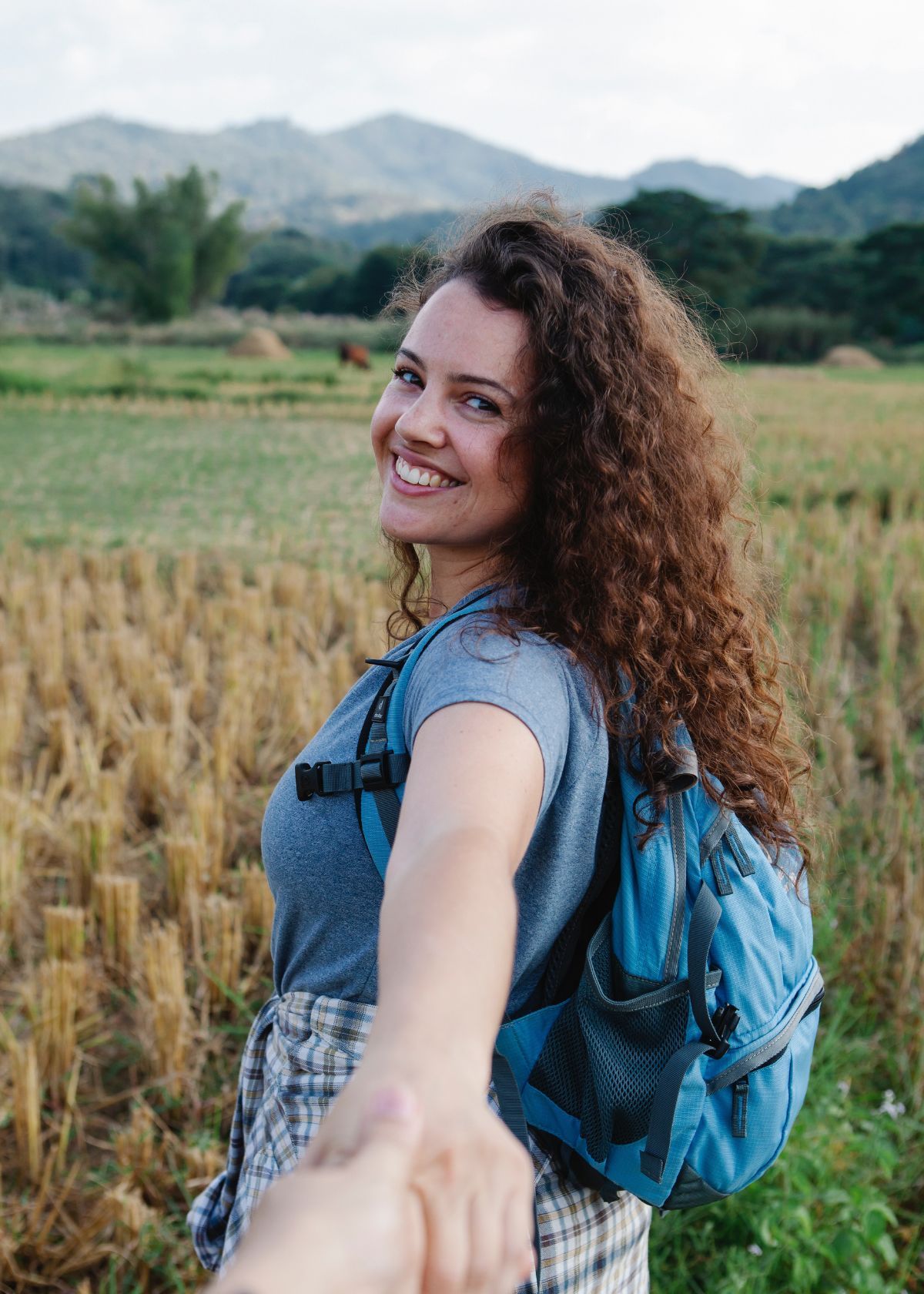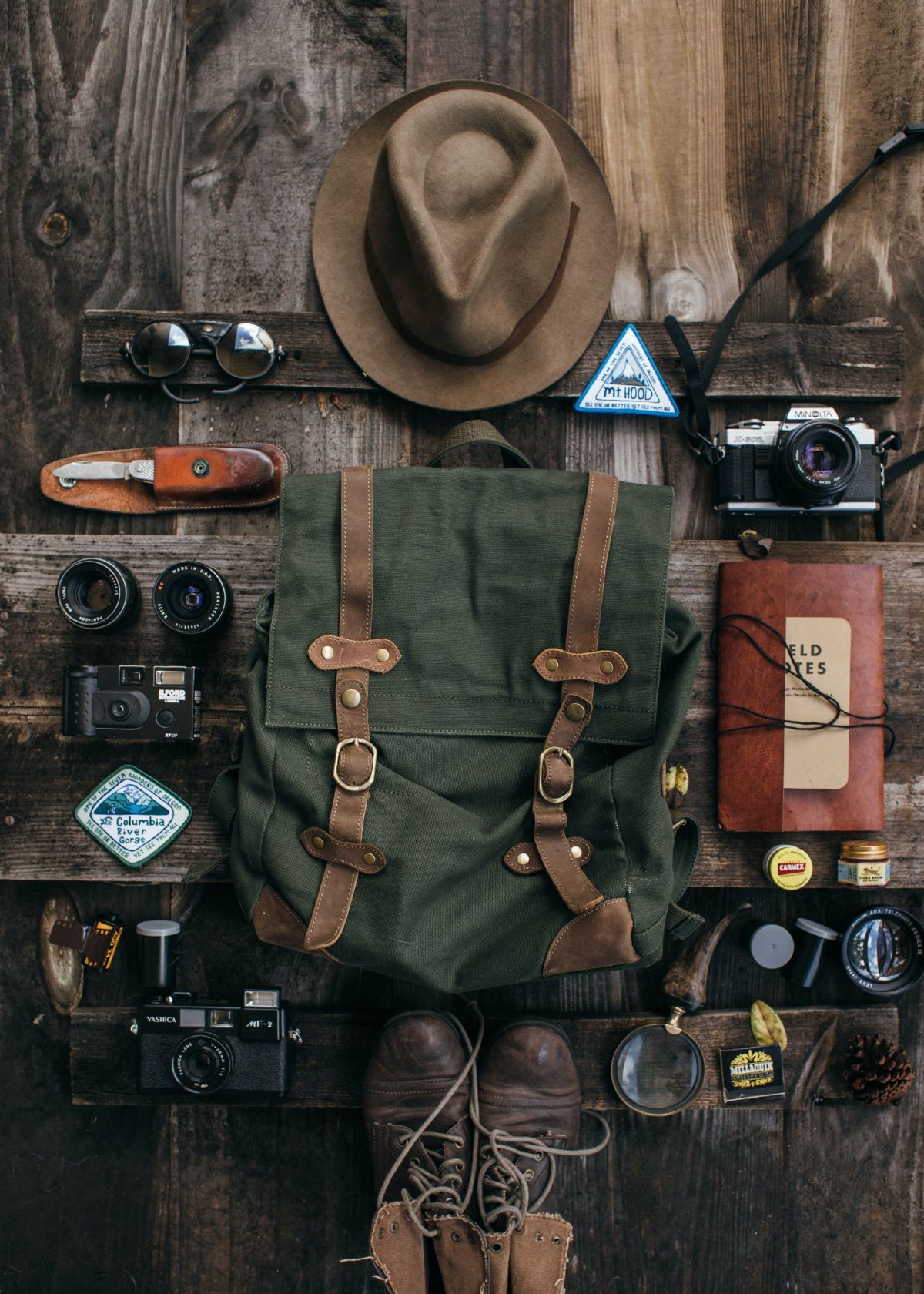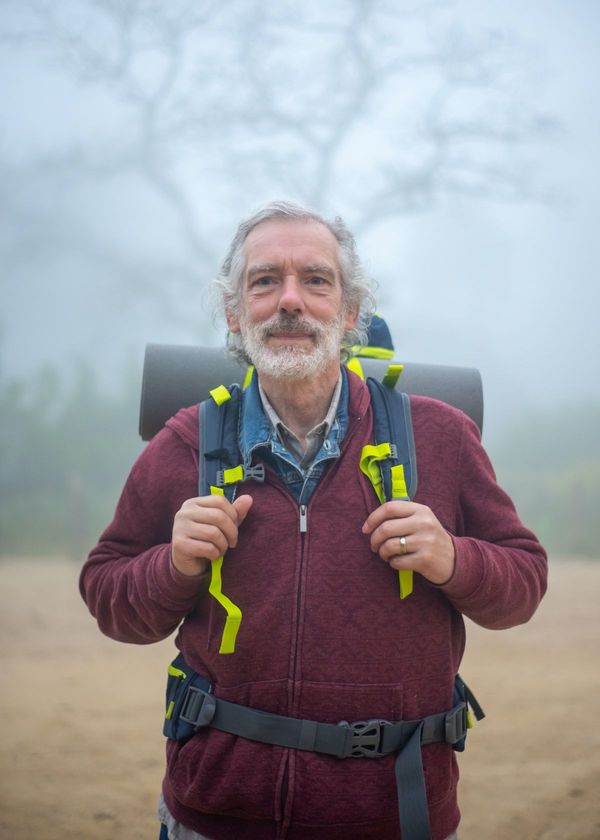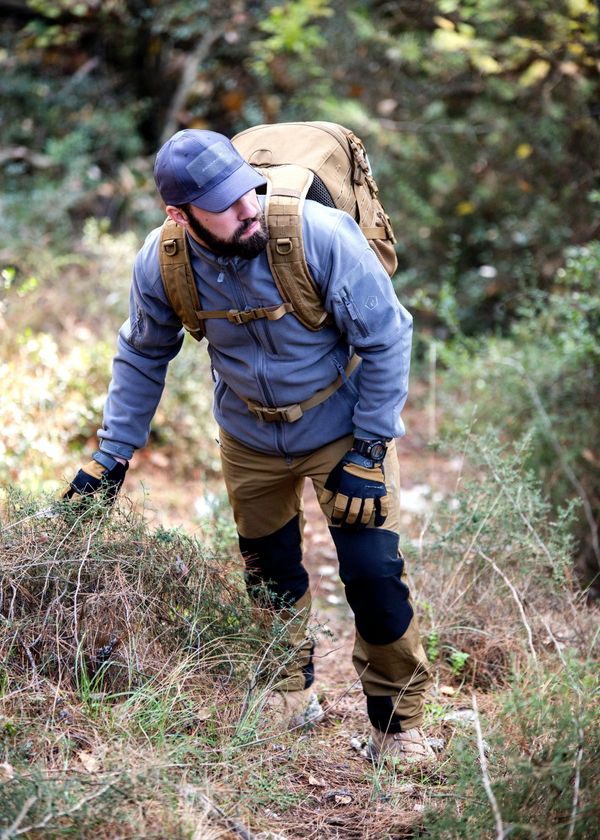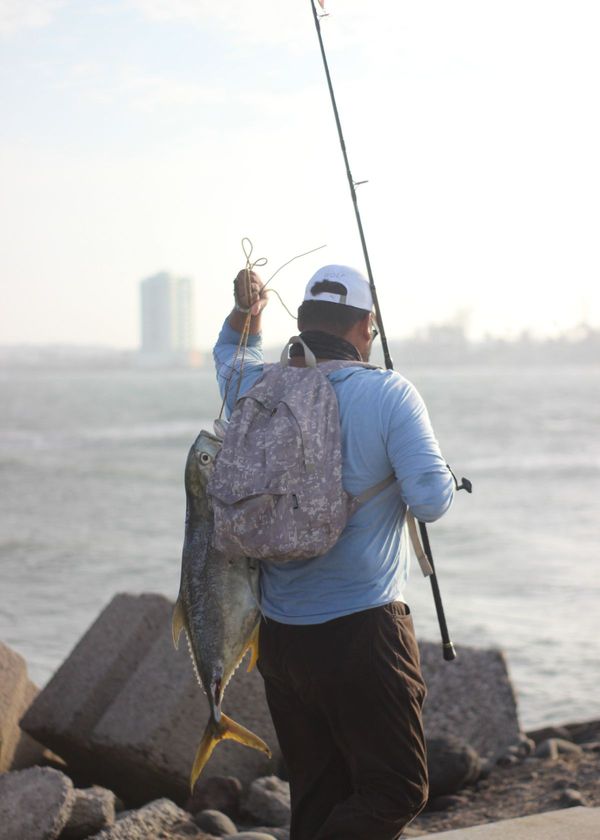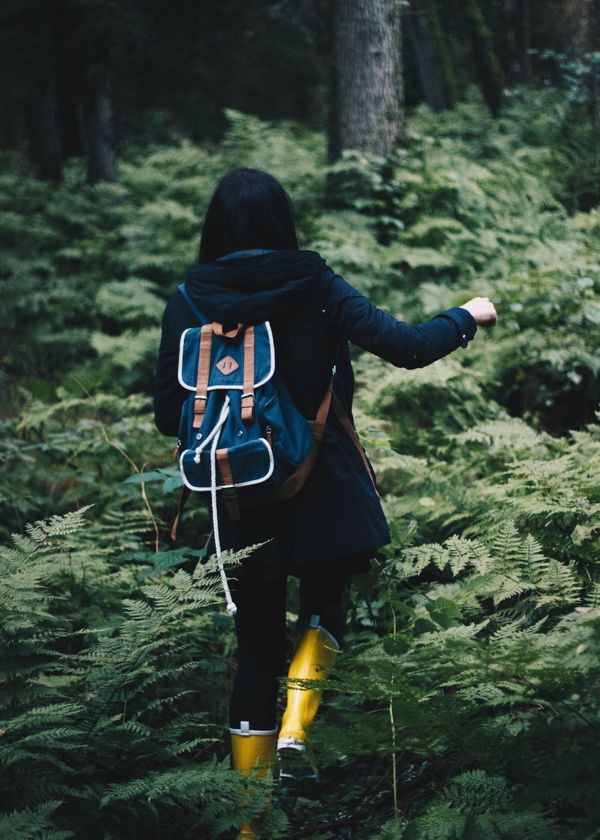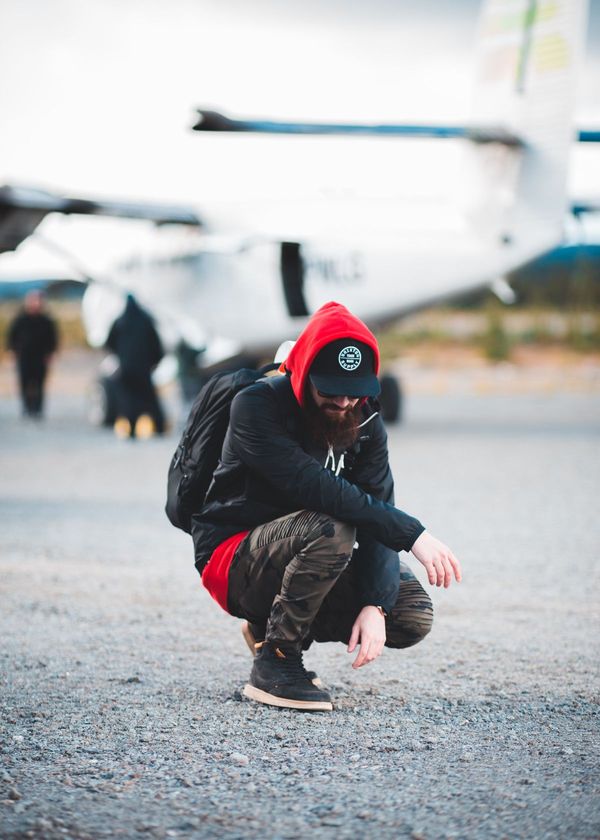Backpacking is an adventure that allows you to explore new places, meet new people, and experience life outside of your comfort zone. But before you hit the trail, one of the most important tasks you'll face is packing your backpack. Packing for backpacking can be a daunting task, especially if you're a novice or have limited experience with outdoor travel.
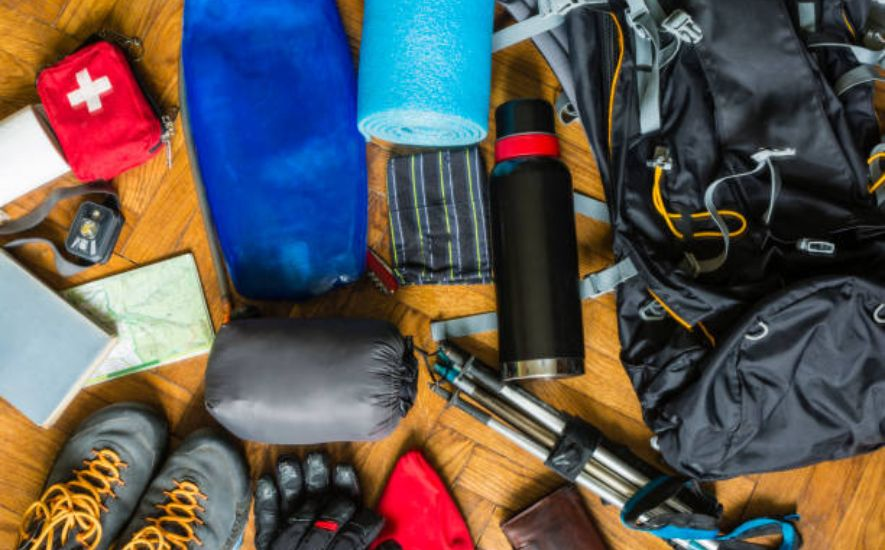
The right gear and supplies can make all the difference on a backpacking trip, but bringing too much or too little can throw off your entire experience. A well-packed backpack will keep you comfortable, safe, and prepared for whatever the trail may throw your way.
From selecting the right backpack to packing essential gear and food, there are several things to consider when packing for backpacking. The process may seem overwhelming, but with a bit of planning and organization, you can ensure that you're ready for your next adventure.
In this article, we'll explore the essential steps to help you pack for backpacking like a pro. Whether you're planning a weekend getaway or a multi-day trek, these tips will help you pack light, pack smart, and get the most out of your hiking backpack experience. So grab your backpack, and let's get started!

The Minimalist Backpacker's Guide
As a minimalist backpacker, the idea of carrying around a bulky, heavy backpack filled with unnecessary items is a nightmare. The last thing you want is to be weighed down by your belongings when you're trying to enjoy the great outdoors.
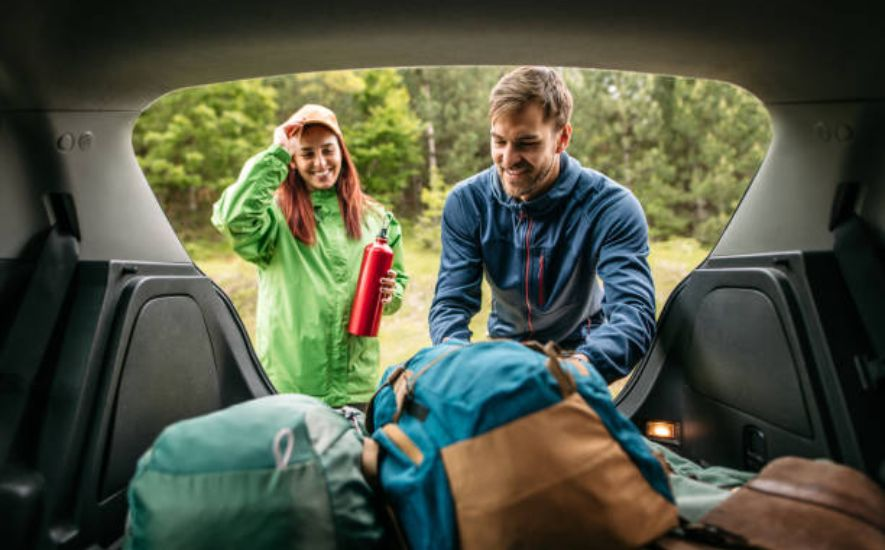
Fortunately, with a little bit of planning and some clever packing techniques, you can pack everything you need for your backpacking trip while still keeping things lightweight and streamlined. In this guide, we'll explore the minimalist backpacker's approach to packing for a backpacking trip.
Start with a solid backpack
When it comes to backpacking, your backpack is your lifeline. It must be comfortable, durable, and large enough to hold everything you need without weighing you down.
Look for a backpack that's specifically designed for backpacking, and that's made with lightweight materials. You want something comfortable to wear, even when it's loaded up with pack gear.
Choose multi-purpose items
One of the keys to minimalist backpacking is choosing items that serve multiple purposes. For example, a bandana can be used as a face mask, a sweatband, a dishcloth, and more. A sleeping pad can double as a seat cushion. A lightweight rain cover can also serve as a windbreaker. By choosing multi-purpose items, you can reduce the number of items you need to pack.
Stick to the essentials
When it comes to packing, less is more. Stick to the essentials when deciding what to bring on your backpacking trip. This means packing only the items you absolutely need and leaving behind anything that's not essential. Ask yourself, "Do I really need this?" before adding anything to your backpack.
Pack strategically
When packing your backpack, think about pack weight distribution. You want to distribute the weight evenly, with the heaviest items at the bottom and close to your back. This will help to keep you balanced and reduce the strain on your shoulders and back. Use packing cubes or compression sacks to help organize your other gear and make it easier to pack.
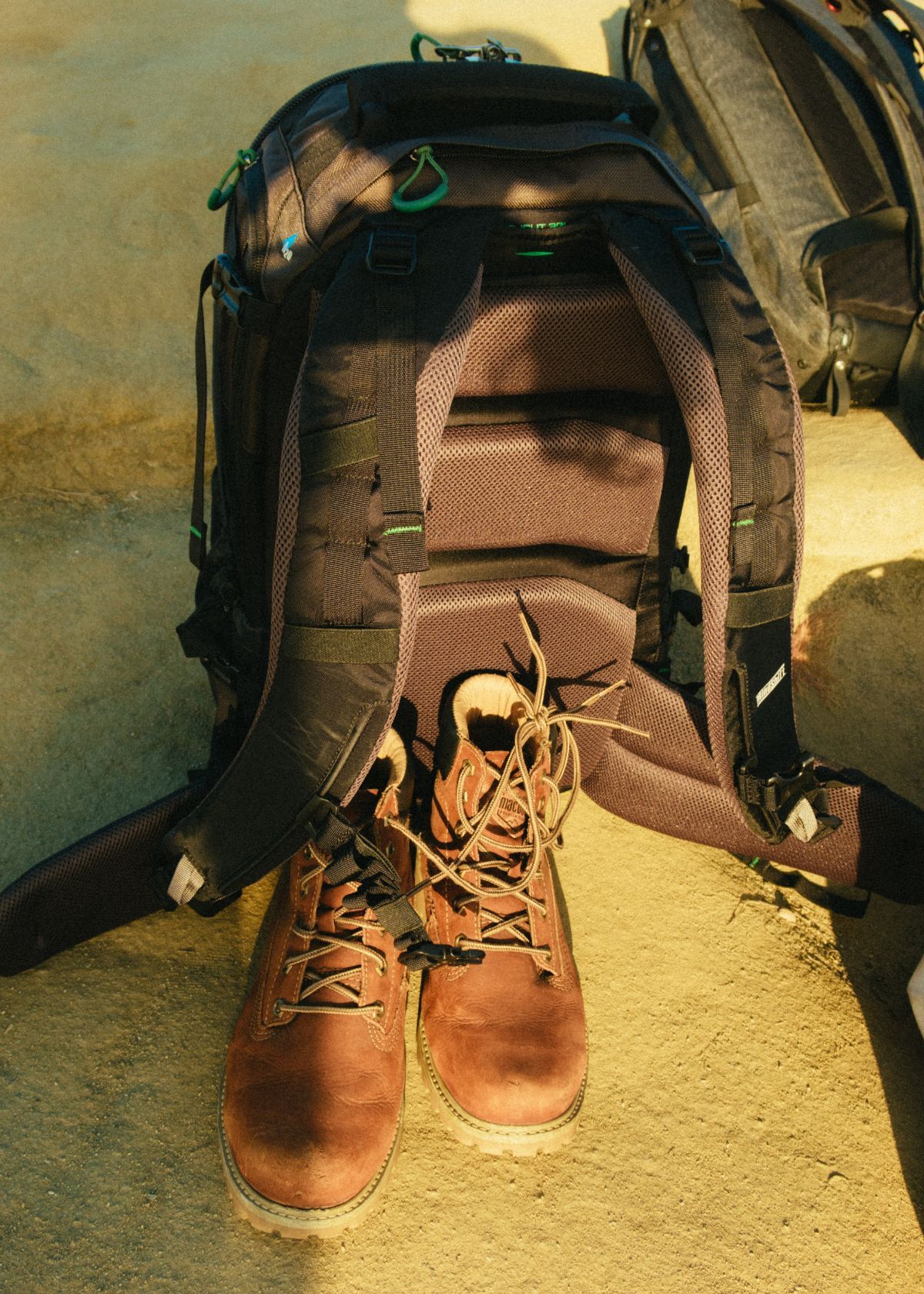
Eco-Friendly Packing Tips for Backpacking
Backpacking is a popular way to travel and explore the beauty of the world. But as the popularity of backpacking continues to rise, so does the negative impact on the environment.
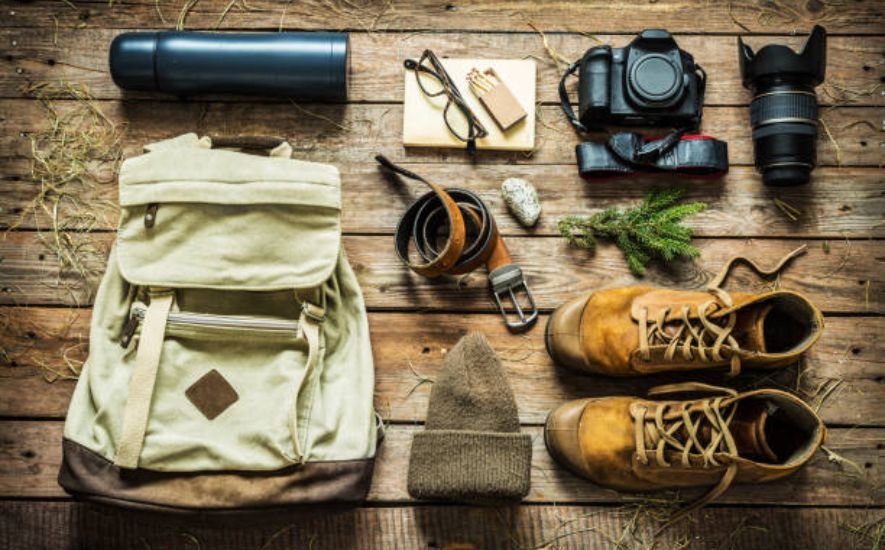
From plastic waste to excessive energy consumption, backpacking can contribute to the degradation of the environment. Fortunately, many eco-friendly packing tips can help minimize your environmental footprint while still allowing you to enjoy your backpacking backpack trip.
Choose Sustainable Gear
When selecting gear for your backpacking trip, it's important to choose sustainable options. Look for products that are made from eco-friendly materials, such as recycled or sustainable materials.
For example, you can choose a backpack made from recycled plastic bottles or a sleeping bag made from recycled down. You can also choose a water bottle made from stainless steel or glass rather than plastic.
Pack Reusable Containers and Utensils
One of the biggest sources of waste during backpacking trips is food packaging and disposable utensils. To minimize your waste, pack reusable containers and utensils.
Consider using a reusable water bottle, a reusable food container, and a set of utensils made from durable materials such as stainless steel or bamboo.
Use Biodegradable Soap and Personal Care Products
Use biodegradable soap and personal care products when showering or washing dishes during your backpacking trip. Traditional soap and personal care products can be harmful to the environment, especially if they contain harsh chemicals that can harm aquatic life. Opt for biodegradable alternatives that are gentle on the environment.
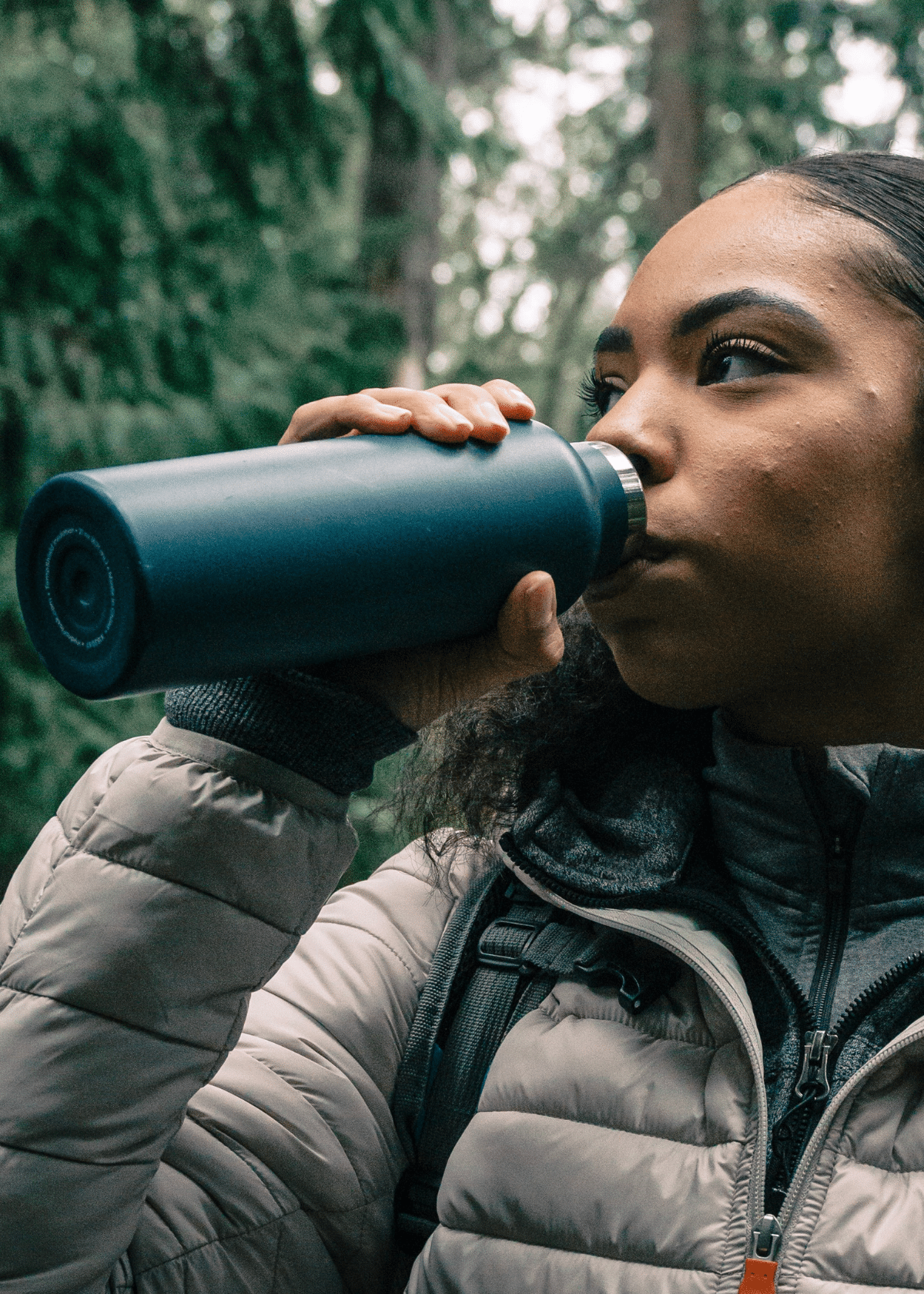
Packing for a Thru-Hike on a Budget
The thrill of embarking on a thru-hike is unlike any other. With the promise of breathtaking views and unforgettable experiences, it's no wonder many people are drawn to this outdoor adventure.
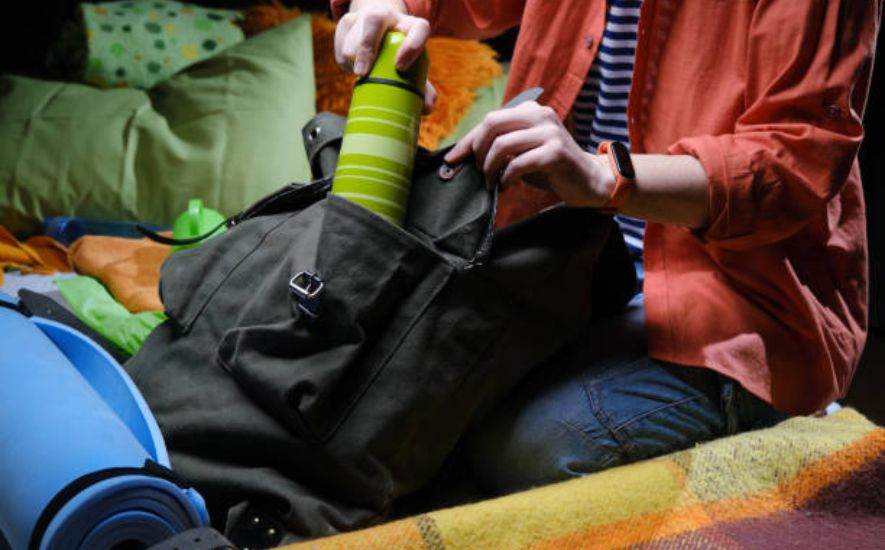
But before you lace up your hiking boots and hit the trail, there's one important task to tackle: packing. While it can be tempting to splurge on the latest and greatest gear, packing for a thru-hike on a budget is possible and can also add a sense of adventure to your journey.
Make a Packing List
Before you start throwing items into your backpack, it's essential to create a packing list. A list will help you stay organized and ensure you don't forget any crucial items. It's also an excellent way to keep track of your budget.
As you add items to your list, write down their estimated cost. This will help you prioritize your spending and avoid overspending.
Buy Used Gear
Buying new hiking gear can quickly add up, but there are plenty of ways to find quality gear for a fraction of the cost. One of the best ways to save money is to buy used gear.
You can find gently used gear at outdoor gear consignment shops, online marketplaces like Craigslist and Facebook Marketplace, and even at garage sales. Another option is to rent gear from a local outfitter. Renting gear is an excellent way to try out different brands and models before investing in your own equipment.
Stick to the Essentials
When packing for a thru-hike on a budget, it's important to stick to the essentials. Every item you pack adds weight to your backpack, which can quickly become exhausting on a long-distance hike. Focus on packing only the items you need to stay safe and comfortable on the trail. This might mean leaving luxury items like camp chairs and extra clothing.
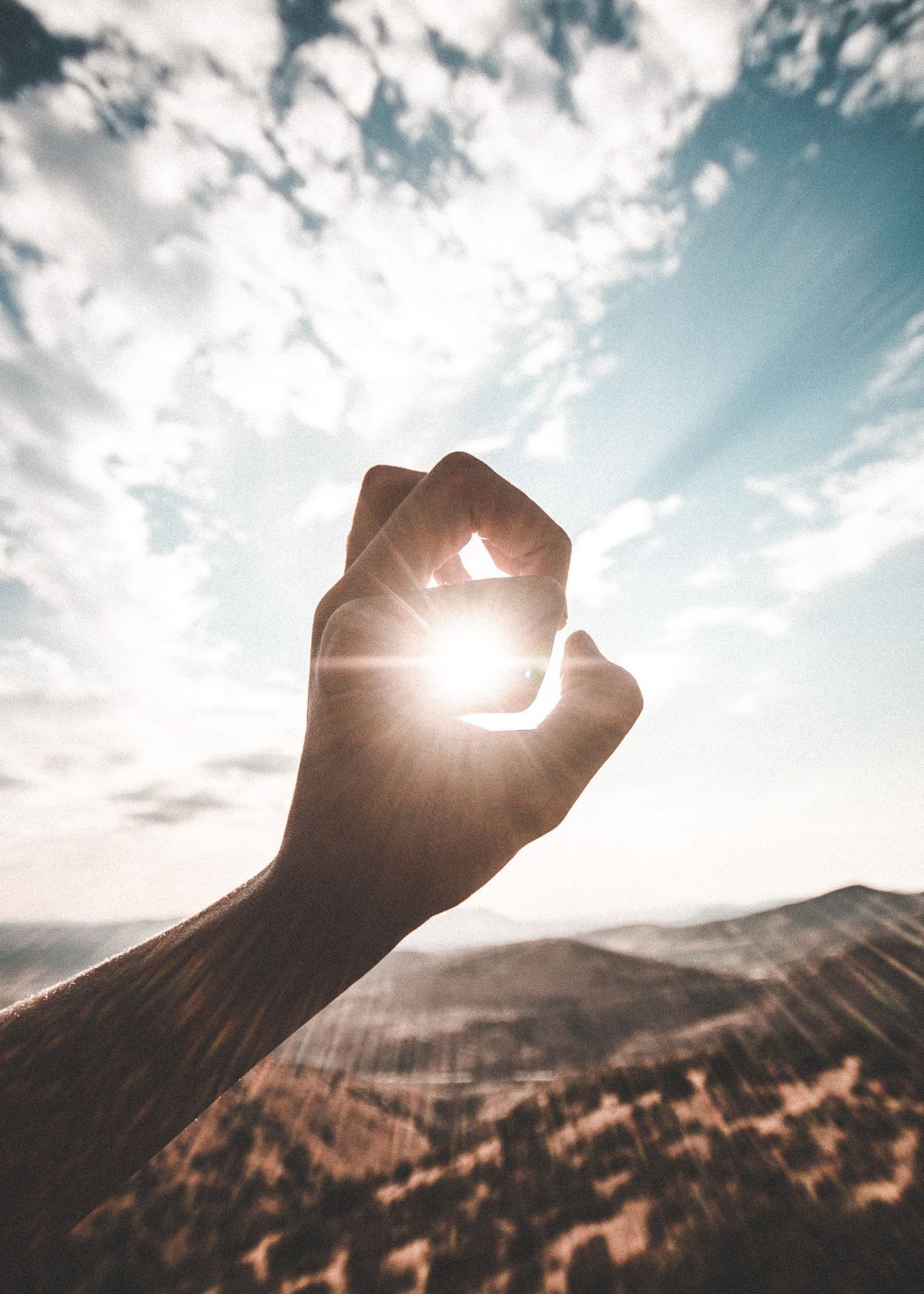
The Luxury Backpacker's Guide
As the sun sets over the mountains and you find yourself snuggled up in a cozy hostel, sipping on hot cocoa, you realize that backpacking isn't just for the rugged and adventurous anymore.
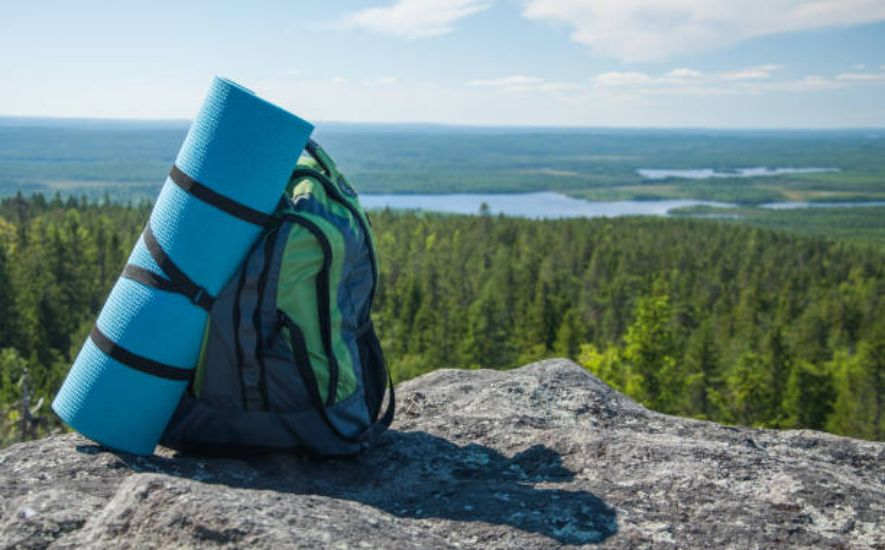
The rise of luxury backpacking has made it possible for even the most discerning travelers to explore the world on a budget without sacrificing comfort. However, with this newfound luxury comes the need for proper packing. Here's your ultimate luxury backpacker's guide to packing for backpacking.
Clothing
Packing the right clothing can make or break your luxury backpacking experience. Opt for lightweight, quick-drying fabrics that won't take up too much space in your backpack. Don't forget to pack a few dressier items for those fancy dinners and nights out. And always, always pack a few extra pairs of socks - your feet will thank you.
Toiletries
Just because you're backpacking doesn't mean you have to sacrifice your beauty routine. However, with limited space, you must be smart about your pack.
Look for multi-use products such as a shampoo and body wash combo, toilet paper, or a tinted moisturizer with SPF. And don't forget to pack a microfiber towel - they're lightweight, quick-drying, and take up minimal space.
Gadgets
No luxury backpacker's guide would be complete without a section on gadgets. You don't need to bring everything but the kitchen sink, but a few essential items will make your backpacking experience more enjoyable.
A lightweight, compact camera will allow you to capture your adventures, while a portable charger will keep your gadgets up and ready to go.
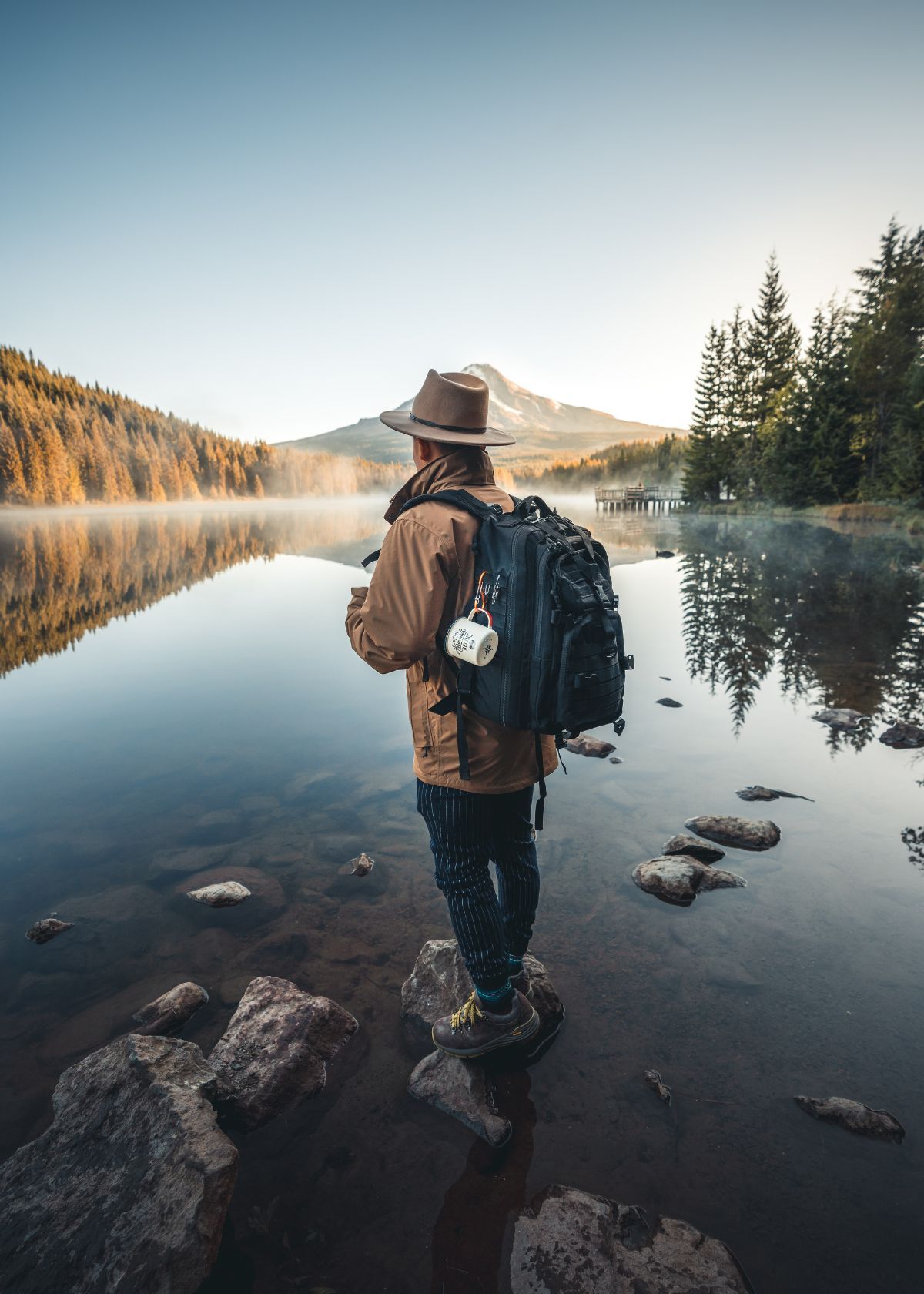
Packing for a Photography-Focused Backpacking Trip
As a photography enthusiast, there is no greater adventure than heading out on a backpacking trip with my camera gear in tow. The thought of capturing stunning landscapes, unique wildlife, and spontaneous moments on the road is what keeps me inspired to pack up and hit the trail.
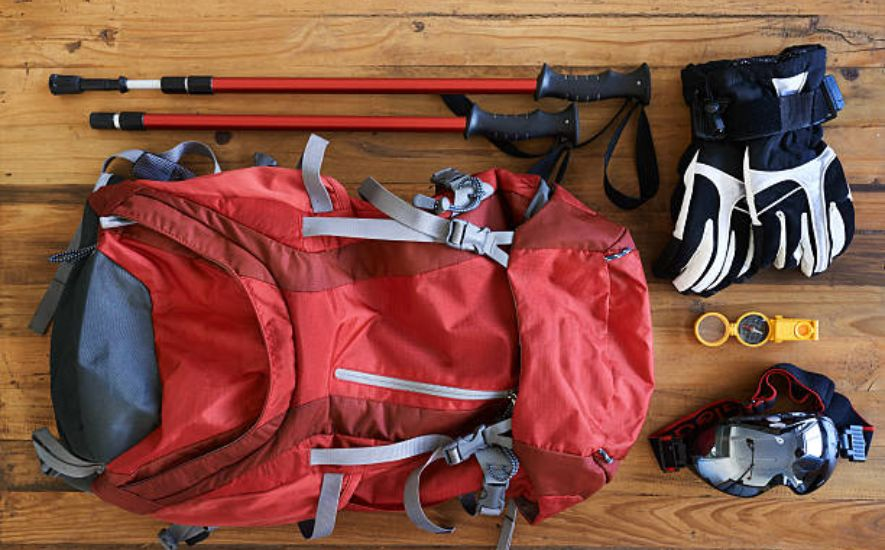
However, packing for a photography-focused backpacking trip requires strategic planning to ensure my equipment is safe, accessible, and organized.
Assessing Your Gear Needs
The first step in preparing for a photography-focused backpacking trip is to assess the equipment you'll need to bring. Consider the type of photography you'll be doing, the length of your trip, and the terrain you'll cover.
For example, if you plan on capturing landscapes, you'll want to bring a wide-angle lens. If you're heading into the backcountry for several days, you'll need to prioritize which pieces of equipment are essential and which can be left behind.
Organizing Your Equipment
Organizing your equipment is key to ensuring you can easily access what you need quickly and efficiently. Use padded camera inserts to protect your equipment and keep everything organized.
Consider using color-coded bags to differentiate between camera gear, clothing, and food. You may also want to label your properly packed bag to make finding what you're looking for easy.
Don't Forget the Essentials
In addition to your camera gear, don't forget to pack the essentials for backpacking. This includes a sturdy pair of hiking boots, a quality tent and sleeping bag, plenty of food and water, and a first aid kit.
It's also important to be prepared for emergencies by packing a headlamp, multi-tool, map, and compass.
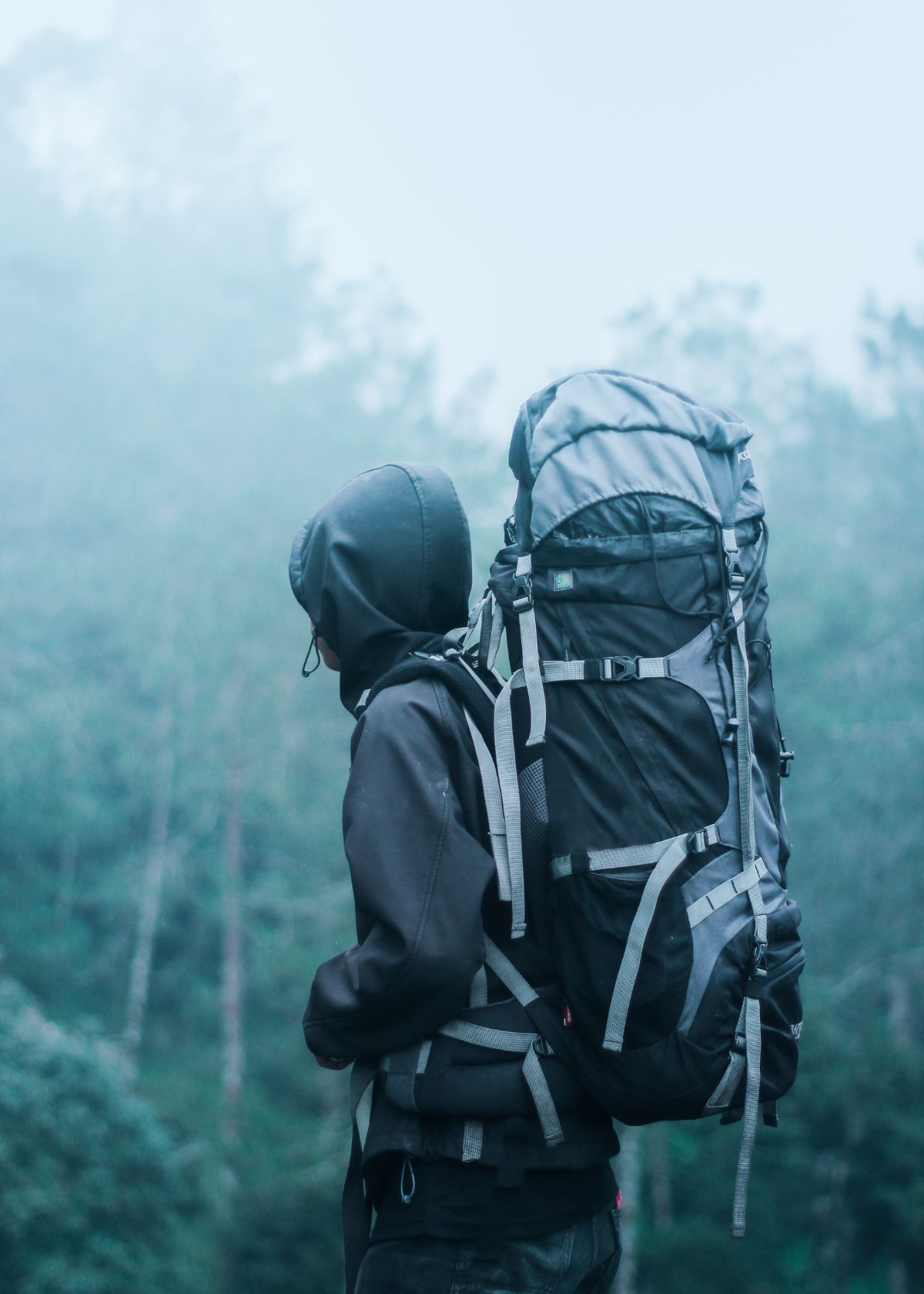
Frequently Asked Questions (FAQs)
Backpacking is an excellent way to get out into the wilderness, see new places and spend time with friends. But it can be a little intimidating at first. You might be wondering how to pack for backpacking or if you need certain things in your bag.
The good news is that backpacking doesn't require a lot of gear — just some basics that will help keep you safe and comfortable. Here are some FAQs about packing for backpacking:
In what order should I pack for backpacking?
When packing for backpacking, it's important to consider the weight and size of your gear and the frequency with which you'll need each item. Here is a suggested order to help you organize your backpack efficiently:
- Sleeping bag and sleeping pad: These items are usually the bulkiest and heaviest, so it's best to pack them at the bottom of your backpack.
- Tent: If you're carrying a tent and tent poles, pack it on top of your sleeping bag and sleeping pad.
- Clothes: Pack your clothes in order of importance and frequency of use. The clothes you'll need most often, like your rain jacket, should be at the top of your pack, while items you'll only wear at camp, like a warm sweater, can be packed lower down.
- Cooking gear and food: These items can be packed on top of your clothes, as they tend to be relatively heavy and bulky.
- Water filtration system: This is an important item, so pack it in a prominent place where you can easily access it.
How do you pack a backpack step by step?
Sure, here are the steps to pack a backpack:
- Choose the right backpack: The first step is to choose the right size and type of backpack that will fit all your items. Make sure the backpack is comfortable and has adjustable straps that fit your body.
- Gather all your gear: Make a list of everything you need to pack and gather all the gear you plan to take with you. This will help you avoid forgetting anything important.
- Organize your gear: Organize your gear by category such as clothes, sleeping gear, cooking gear, and personal items. This will make it easier to pack and find items later.
- Pack the heaviest items first: Pack the heaviest and bulkiest items at the bottom of your backpack. This will help distribute too much weight evenly and keep the center of gravity close to your back.
- Place the lighter items on top: After you've packed the heaviest items, add lighter items such as clothes, sleeping bags, and personal items on top.
How should I pack for a 2-week backpacking trip?
Packing for a 2-week backpacking pack trip can seem daunting, but with a little planning and preparation, you can make sure you have everything you need without overpacking. Here are some tips on what to pack:
- Clothing: Bring enough clothes for about a week and plan to do laundry on your trip. Pack versatile items that can be layered, such as a lightweight fleece, a rain jacket, and a few t-shirts. Bring sturdy hiking boots or trail runners, as well as a comfortable pair of shoes for walking around town.
- Gear: Invest in a good quality backpack that fits your body well and has a capacity of around 40-60 liters. Pack a tent, sleeping bag, sleeping pad, stove, fuel, and a water filter if you plan to camp. Bring a headlamp, a multi-tool, and a map and compass.
- Food: Plan to bring lightweight and non-perishable items such as oatmeal, trail mix, energy bars, and dehydrated meals. You can also pack some fresh fruits and vegetables for the first few days of your trip.
How many clothes to take backpacking?
The number of clothes to take backpacking depends on several factors, such as the length of your trip, the weather conditions, your personal preference, and the availability of laundry facilities. Here are some general tips to help you decide how many clothes to pack for your backpacking trip:
- Consider the length of your trip: For a weekend trip, you can pack a couple of outfits, but for a longer trip, you'll need to pack more clothes.
- Check the weather forecast: The weather will determine what type of clothes you need to pack. If you're going to a warm place, you'll need to pack more lightweight clothes, but if you're going to a cold place, you'll need to pack warmer clothes.
- Consider your itinerary: If you plan on doing outdoor activities such as hiking or swimming, you'll need to pack appropriate clothing.
- Pack versatile clothes: You can mix and match clothes to create different outfits.
- Pack light: Remember that you'll have to carry everything on your back, so pack light. Try to limit your clothing to a few outfits and bring only the essentials.
Conclusion
In conclusion, packing for backpacking requires careful consideration and planning to ensure a safe and enjoyable trip. It is important to prioritize the essentials such as appropriate clothing, food, water, and shelter while minimizing unnecessary items to reduce the backpack's weight.
The use of packing cubes, compression sacks, and lightweight gear can also make a significant difference in the weight and organization of the backpack.
Before embarking on a backpacking trip, it is essential to research the destination, weather conditions, and terrain to ensure that the appropriate gear and supplies are packed. With the right preparation and packing strategies, backpacking can be a rewarding and memorable experience.
